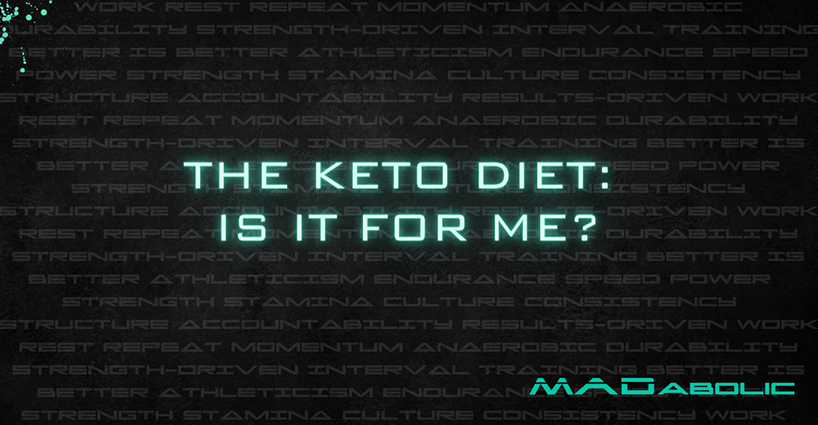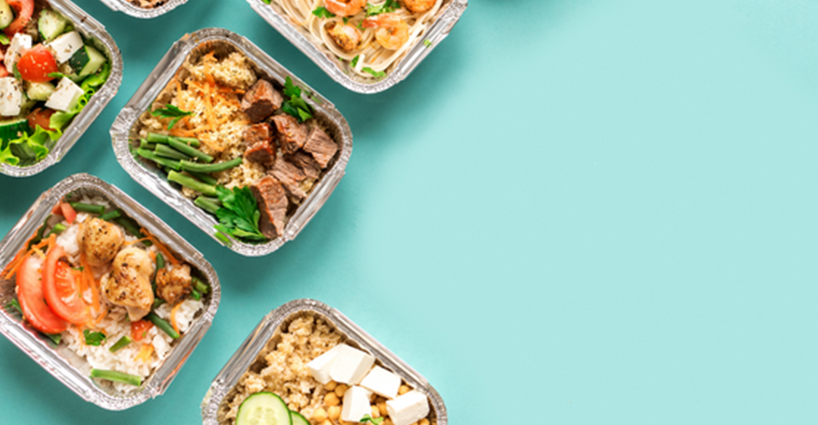What is Keto?
Keto, short for the Ketogenic Diet, is an approach to dieting that entails a high intake of dietary fat, low intake of carbohydrates, and a moderate intake of protein. Traditional “success” of implemeitng the keto diet is gauged through entering ketosis.
Ketosis is a metabolic process that occurs when the body doesn’t have enough glucose (from carb intake) for energy and must pivot to use fats as its primary energy source instead. This results in an accumulation of acides called “ketones,” monitored through blood ketone levels. We can eat low carb but not necessarily be in true ketosis, making this diet a somewhat complex one to follow.
Macro Specifics:
When engaging in a classic ketogenic diet, typical macro distribution is roughly 80% fat, up to 5% carbohydrates, and 15-20% protein.
To contextualize, for a male eating 2,800 calories per day, his ketogenic macro targets would be 233g of fats, 35g of carbs, and 140g of protein.
How Do I Know if I’m in Ketosis?
To understand if we’re in ketosis, we must monitor blood ketone levels. You can measure ketosis through:
- Drawing blood using a ketone meter
- Looking at acetone levels through a breath ketone meter
- Measuring with urine sticks (although this is the least accurate method)
As you can see, gauging ketosis can be kind of a pain in the ass, so many “keto-ers” actually opt out of checking ketone levels entirely. Evidence indicates that a large majority of keto dieters are not actually in ketosis, as it is a VERY difficult biological process to activate and sustain.
Additional Considerations:
- The keto diet is very rigid and requires heightened discipline…consider this form a sustainability standpoint.
- Since the #MADlifestyle is definitely a social one…it’s important to note that engaging in regular social activities that include alcohol consumption, “party food,” etc. is a challenge for keto-ers.
- Remember the weight loss strictly comes from a caloric deficit. The keto diet is just one of many approaches you can employ to create that deficit.
- Due to the carbohydrate restrictions on the keto diet, it can be difficult to get in the degree of micronutrients and, specifically, fiber that a diet rich in fruits and vegetables offers. If you choose to engage in keto, we recommend including plenty of high-fiber foods, such as: avocados, spinach, brussle sprouts, cabbage, broccoli, collard greens, pumpkin seeds, flax seeds, chia seeds, and almonds.
- If you choose to engage in keto, prepare for a potential onset of “the keto flu,” a common (usually temporary) set of symptoms that occur when transitioning away from carbohydrates toward higher fat intake (upset stomach, difficulty concentrating, trouble sleeping, headaches, nausea, and irritability).
Looking for more nutrition advice? Check out our free MADabolic Nutrition Blueprint.



